What question/problem did you choose?
On a planet that is 72% water, and the advancements in water purification systems, why is California struggling to maintain a sustainable water supply?
Why did you choose this topic and why does it matter to you?
I chose this topic because I have been hearing from friends whose families are greatly affected by the water shortage in California. Also, this is an extremely serious issue that many people who are not affected by droughts do not understand. As a way of spreading awareness of this problem, I will seek to make my own interpretation of the issue.
Give some details on the question/problem – explain it in depth.
This issue is of dire concern not only to the humans living in the drought areas, but also the abundance of wildlife and surrounding environments. As a result, I am extremely interested in understanding the cause of this problem and finding a solution to this dangerous problem. Furthermore, in my final project, I want to depict a scene of the San Francisco Bay area and show the effects drought can have on it through over-dramatization. In order to depict this scene, I will incorporate the style of Salvador Dali and his use of melting to show the affects of the drought on California.
List out 10 tangible places/people/things that are associated with your question/problem.
- San Francisco, CA
- Golden Gate Bridge
- San Francisco Bay
- Tributaries
- Drought
- City Scape
- Melting
- Dried up Lake
- Cracked earth
- Rivers
Influential artist: Salvador Dali
Artwork: The Persistence of Memory
Attribution: I chose this piece to draw ideas from for my project because of the way the clocks are melting, just as the people in the California drought are melting from the heat, causing the shortage in fresh water supply.
This is my 123D Catch model of one of my boots. I found that this program worked the best out of all three programs used to model an object in 3D.
This is my 3D render of myself on KScan. The actual 3D model formed in Rhino looks slightly better in form, but is not completely accurate, lesser than that of 123D Catch.
This is my model rendered by MakerBot, clearly the worst of the three programs. I am not sure what made the program create such a deformed and inaccurate depiction of my object, but it is far from the actual object’s design.
After reading the chapter I am still confused by Cremaster 3. I followed the reading closely, but am still confused by certain aspects of the film. Perhaps I am not connecting the ideas together as well as I should be, but overall I find the concepts involved in the film and how they are portrayed a tad overwhelming. Blyn talks about the post-human era and ideological entanglements that have shaped by a culture industry indebted to corporate profits, yet I fail to see the corporate aspects within the segment of the film we watched. I believe that Blyn portrays aspects of the post-human through Aimee Mullins, who is an amputee, yet is portrayed in a flowing white dress and tall glass boots that adorn her in beauty. She is a symbol of art and technology, two aspects that when combined, can become a picturesque scene. At first I viewed her in a freakish way, as her proportions seemed off, but after reading this chapter I realized that she is not only portrayed as beautiful, but also powerful. She mentions that she has had less surgery done then Pamela Anderson, yet society looks upon her as deformed, and Pamela as a nearly perfect woman. To Mullins, this is a fault within society, as she has become an architect of her own beauty.
Blyn also talks about the idea that the post-human era is marked by corporate domination, a troubling thought, but a truthful statement. Corporations are extremely powerful and have obtained the rights of humans throughout history, which allows them to sneak past the law, when in reality they have no right to. An example of this is the corporate bailout by Obama that did nothing to solve the foreclosure problem that affected millions of households within the United States. Unless government officials are taken off of corporate payroll, companies will continue to surpass their rights and control our society well in the future, a grim path for those supportive of the post-human era.
Lastly, in terms of considering the effects of augmenting the human body, I believe that humanity is facing a net loss. As society and history progress together, people have lost the meaning of true beauty, as beauty is now something that is purchased, whether it is makeup or plastic surgery. We see this negative effect through the multitude of advertisements on television and in animations, with help from programs such as Make Human, which allow one to create a “perfect” human. Overall, it is clear that the beauty of the human form is formed and not born, creating an increasing void in society.
Immediate Response
I am not sure what I just saw on my screen. The music was heinous, the plot development was outlandish, and the concept was bizarre. Furthermore, I have absolutely no idea what I am supposed to retain knowledge-wise from watching this video, as I saw nothing that seemed of importance to me, or to our digital sculpture class. As I sit here writing this report, I am bewildered and nearly at a loss for words. I found that the characters in this video were erratic, mysterious, and damning. The flow of the video was illogical, and the creator of this video must have been tripping on some ridiculous drug, or combination of drugs.
Objective Response
The film starts off with skimpily clad women in a bubble bath tub on the bottom floor of what appears to be designed similarly to the Guggenheim Museum. The women then proceed to exit the tub and push a pentagonal stage in circles with several different characters on it, which are seen later on different floors of the museum. The last character, a man dressed in pink Celtic-like attire with a large pink afro and bloody mouth clamping onto a red rag, sprints towards one of the walls and begins climbing up it in parkour style athleticism. On each level he encounters different people; the first, a line of dancers; the second, a group of punk rock fans and a band; the third, a woman in a white dress who later becomes a cheetah; the fourth, multiple piles of abstract sculptures; and lastly, a man throwing a jello-like substance against a piece of black metal. As the Celtic-like attired man descends the floors, he kills the cheetah woman, and then falls into the bath tub with the scantily clad women, where he emerges and sees the woman in the white dress with cuts on her face, blind folded, and holding onto pieces of fabric attached to the necks of several lambs.
Technical Objective
The construction of the scenes in this video is odd. It seemingly takes place in the Guggenheim Museum, but I am not positive about this. The layout of the space is completely white, with exceptions from all the human figures, and the water in the bubble bath on the ground floor. What influences the creator had in making this video goes way over my head as I have zero knowledge or insight about what he or she is trying to portray to the audience. The only context I have is that there is a seemingly overarching theme of chaos and death.
The Work In the World
What this video has to do with the world, I haven’t the faintest clue. Perhaps it has to do with the chaos that surrounds our everyday lives, or the abstractness of life itself and the variety of circumstances we find ourselves in throughout our lifetimes. One of the characters is a woman who looks like a cheetah, so perhaps there is a reference to nature in some way, shape, or form. The only connection I can make that may not even be correct is that this video takes place in the Guggenheim Museum, given the circular structure and walkways of the interior space of the building.
The Story It Tells
I do not know. I have pondered for a long time what possible meanings could come out of this video, but have yet to find one. The chaos within the video and the randomness of its plot are driving me insane. The characters are unpredictable, mysterious, and unflattering, which does not help create a foundation for meaning within the context of the plot. As I finish writing this report, I find myself in a constant state of befuddlement, speechlessness, and pain, as I struggled to sit through watching such a tumultuous and whacky video.
Immediate Response
Upon first glance at Adam Martinakis’s piece, “Peta,” part of his collection “The Inevitability of Time,” I was awed at the extreme detail and emotion his work has. Seeing a fleshy feminine figure holding a crumbling stone figure, seemingly a man, I thought of the idea of death. Thinking about what this piece could analogize aside from death, I though broadly and came up with the idea of the frailty of the human form and the inevitable death of the human race. The raw emotion captured in the image reminded me of a funeral, as people gather to grieve over the loss of another.
Objective Description
The piece is located in what appears to be a concrete room, with a feminine flesh-toned manikin kneeling and looking skyward in despair while holding a crumbling stone looking human figure horizontally in her arms. The female’s body is proportional and emotes an atmosphere of grievance, while covered in what looks like patches of blood breaking through her skin. The figure in her arms is of a bluish-grey stone texture and is cracked and separated throughout its body, almost looking as if a statue was hit multiple times with a hammer. Furthermore, there are multiple blood colored splotches over the stone figure implying that the feminine figure was with the body at its death.
Technical Decisions
I find the construction of the work to be absolutely stunning. The placement of the figures in the center of the isolated concrete room focus the audience’s attention to the raw emotion portrayed by the feminine figure and the crumbling stone figure enhances the feeling of gloom in the piece. The use of stone texture on the deceased body draws the audience to question the cause of death, while the bloody flesh-toned figure captivates the audience with sorrowful power. Additionally, I found the material choice interesting. The fleshy-toned figure and the stone figure together in a grieving embrace symbolize the frailty of the human condition and the inevitable idea of death.
The Work in the World
I think Adam Martinakis’s piece is a pure representation of the human condition and the continuous cycle of life and death. Captured in a moment of mourning, humans can relate to the sorrow and grievance portrayed by the kneeling human figure. Additionally, noting that Martinakis’s exhibition is called “The Inevitability of Time,” it is clear he is sending a message that mankind, as a whole, must face the fact that death is imminent, and that it cannot be avoided. In comparison to other works, I find that this similarly captures the emotion of Van Gogh’s “The Scream,” which portrays a feeling of shock, grievance, and mystery through the painting’s brush stroke curvature and array of colors. I think the true beauty of Martinakis’s work lies within his ability to freeze human emotion and the idea of death in time.
The Story It Tells
The Story Adam Martinakis’s piece “Peta” tells is that of the inevitability of death throughout time. The idea of time is endless, a stark contrast to that of a human life, something that is on a timer leading towards death. The use of flesh and blood tones in the female character contrasts the cracked and deathly looking stone figure in her arms, a symbol of the frailty of human life and the sorrow death brings with it. Additionally, the concrete room in which the two figures are contained adds a feeling of captivity to the piece, which could symbolize the idea that we as humans are trapped in a world of death with no way of escaping (at least not yet).
1) What is sweep rail 1?
2) What are other uses of the Transform – Array tool?
3) What are the Boolean Tools?
Your name: Roy Skinner
Your major: English (Film/Media)
Please list a few of your interests, sports you play, or other activities you’re involved in (on or off campus).
Tennis, golf, soccer, WVBU
Why are you taking this class? What do you most want to get out of it?
I am taking this class to fulfill my Studio Art minor and because I have taken graphic design and am interested in learning more about digital art.
Are there any particular topics or techniques that you’re hoping to learn about in this class?
I do not know any particular topics or techniques, but I hope to become efficient at using Rhino
Bucknell email address: res052@bucknell.edu
Cell phone number:(203) 803 3138
Cell phone service provider: Verizon












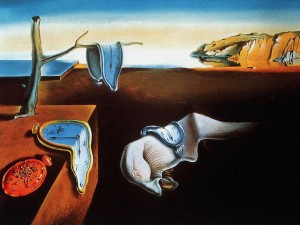

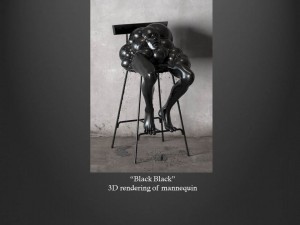


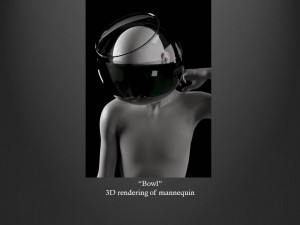

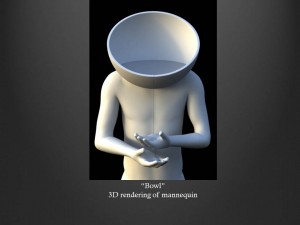
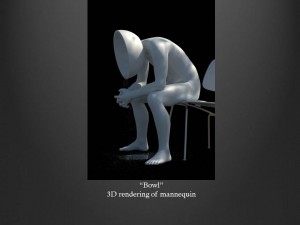
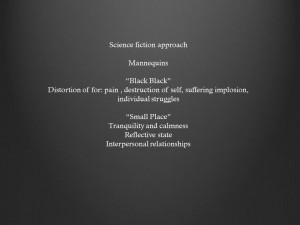

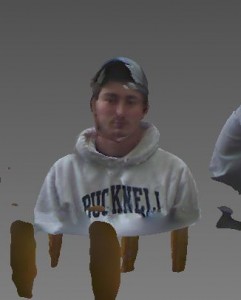
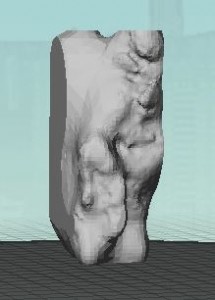
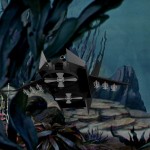
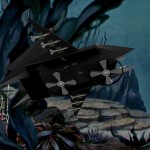
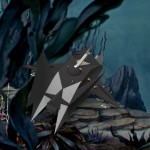
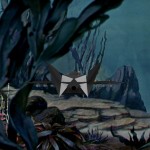
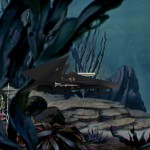

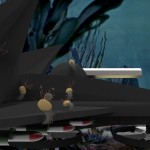
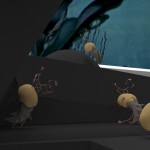

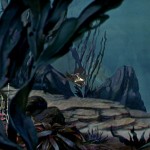
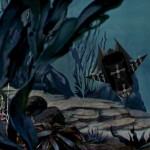

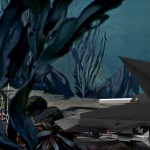

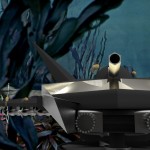
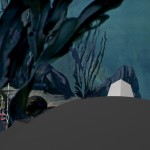
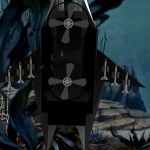
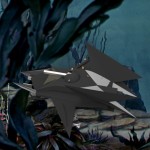
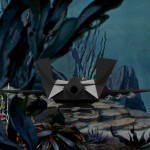
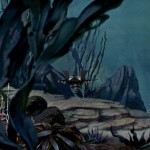

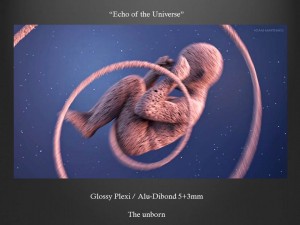

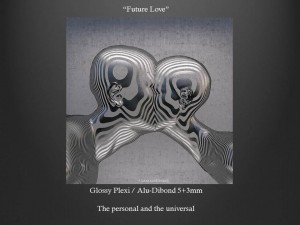


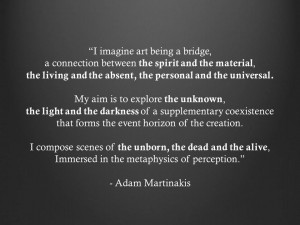
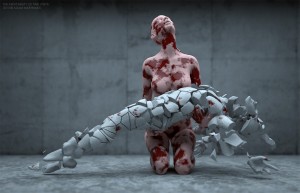
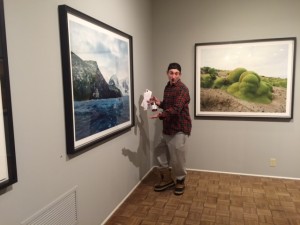
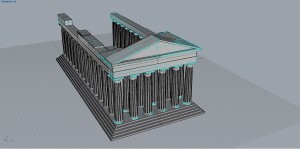
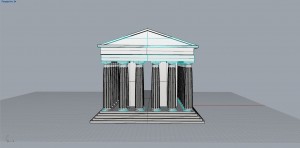

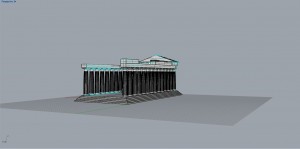
![Morning_Howl,_Howling_Wolf[1]](http://digitalsculpture.blogs.bucknell.edu/files/2015/01/Morning_Howl_Howling_Wolf1-300x225.jpg)
